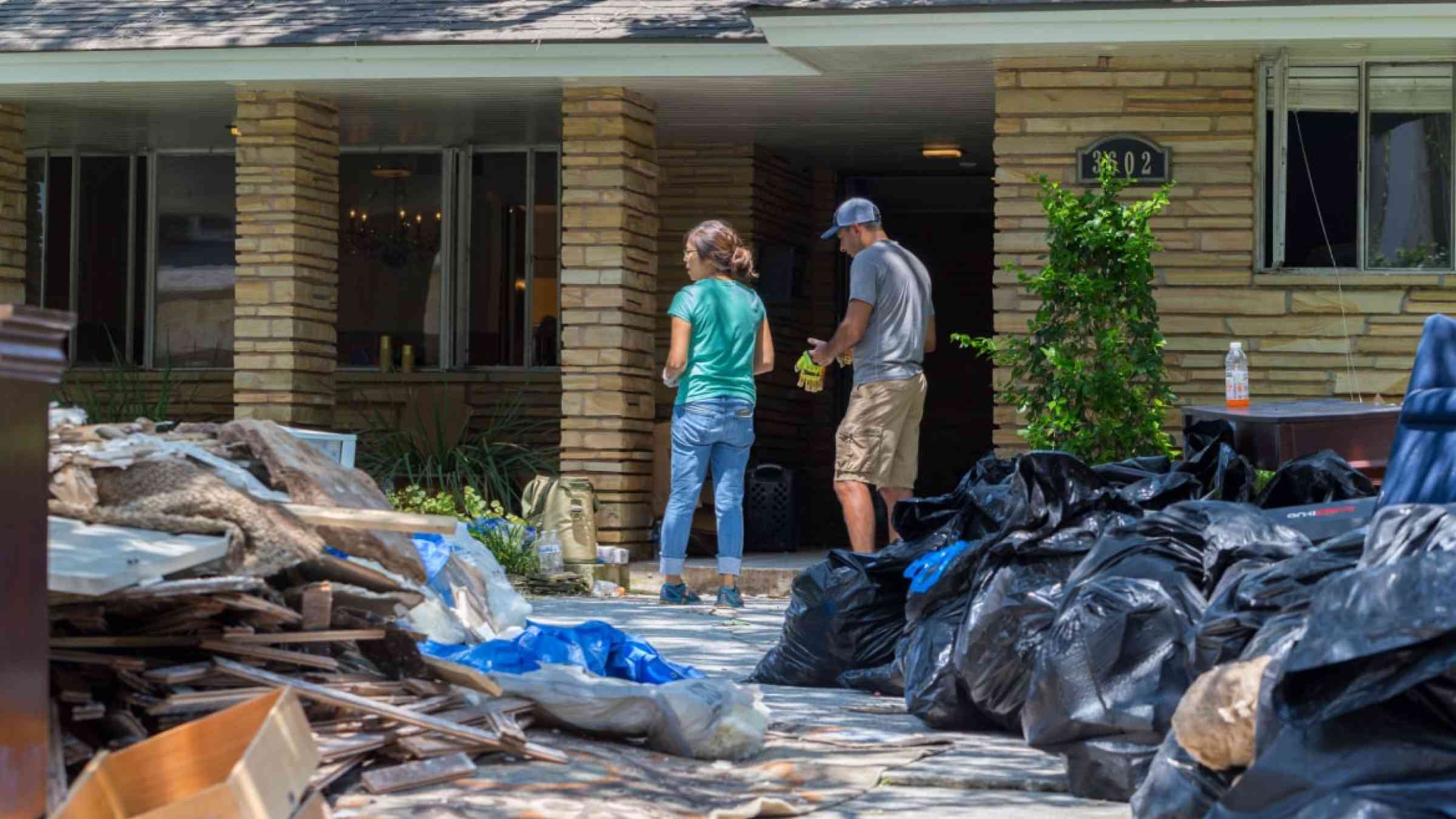Over 3.2 million Americans have left high flood risk neighborhoods creating “climate abandonment areas"

The First Street Foundation published new research in the journal Nature-Communications, which integrates observed historic trends of population change, along with flood risk information, to uncover climate migration trends that are occurring in many high flood risk areas across the country. The research highlights the emergence of “Climate Abandonment Areas”, which are locations that have lost population from 2000 – 2020 and can be directly attributed to climate change related flood risk.
The researchers used the Census Bureau’s most recent full population count data for 2020, and applied its most granular level, the Census Block, with the First Street Foundation’s property specific flood risk data. Through this process, “tipping points” were found where thresholds of high flood risk directly impacted population change by varying degrees. There are 113 million people that live in areas where flood risk has already been impacting housing choice, and in the most extreme cases “Climate Abandonment Areas” are observable. These Climate Abandonment Areas make up over 818,000 Census Blocks today, and saw a cumulative net loss of over 3.2 million in population between the years of 2000 and 2020 directly attributed to flooding.
“There appears to be clear winners and losers in regard to the impact of flood risk on neighborhood level population change”, said Dr. Jeremy Porter, Head of Climate Implications Research at the First Street Foundation, “the downstream implications of this are massive and impact property values, neighborhood composition, and commercial viability both positively and negatively”.
Over the next 30 years, the current Climate Abandonment Areas are expected to decline an additional 16%, some 2.5 million people, due to flood risk. While those declines continue, high flood risk areas that see net population growth today, are forecasted to become Climate Abandonment Areas and see net population loss in the future. These emerging Climate Abandonment Areas are made up of blocks expected to hit the risk “tipping point” in the near future and subsequently see a 24% decrease in population by 2053, a cumulative loss of 5 million residents.
“The population exposure over the next 30 years is a serious concern,” said Evelyn Shu, Senior Research Analyst at the First Street Foundation and lead author on the paper. “For decades we’ve chosen to build and develop in areas that we believed did not have significant risk, but due to the impacts of climate change, those areas are very rapidly beginning to look like areas we’ve avoided in the past”.